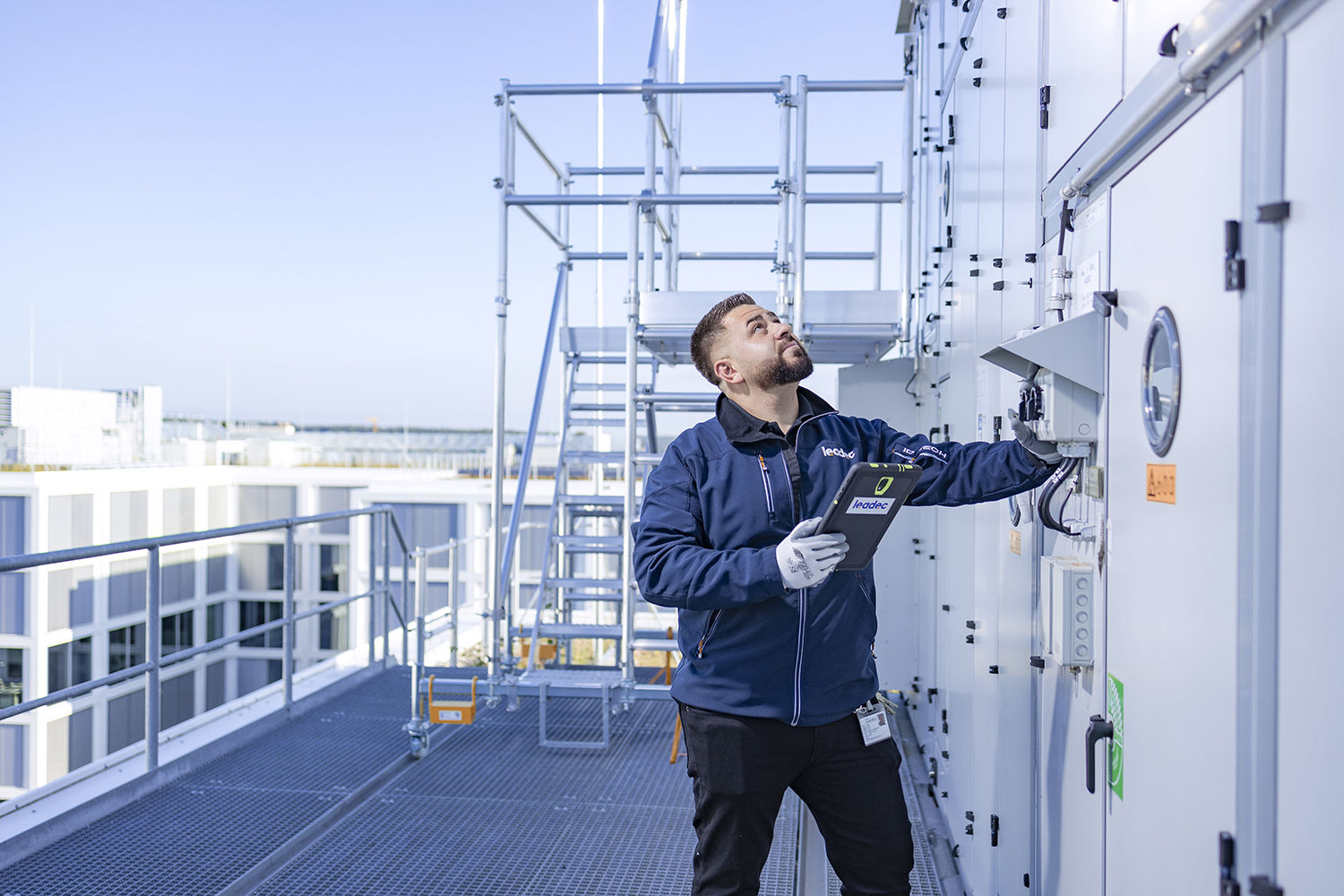Exploring the Perks of Facility Management in Today's Corporate Landscape
Exploring the Perks of Facility Management in Today's Corporate Landscape
Blog Article
The Important Guide to Center Monitoring: Approaches for Success
Facility administration plays an important role in the total success of an organization, serving as the foundation that supports performance, productivity, and safety. The nuances of effective facility administration expand beyond mere logistics and need an extensive understanding of both qualitative and measurable metrics.
Recognizing Facility Management
What makes up efficient facility administration? Reliable center monitoring encompasses the coordination of various organizational functions to make sure that constructed settings are secure, efficient, and conducive to productivity. Facility Management. It integrates the principles of service, engineering, and design administration to produce a seamless operational circulation within a company
Trick elements of center monitoring consist of area planning, upkeep management, and compliance with health and wellness regulations. Room preparation focuses on maximizing the usage of physical sources to support business goals, while upkeep administration makes sure that facilities are maintained in optimum condition, taking full advantage of lifespan and minimizing functional prices. Compliance with legal and regulatory standards is essential, as it safeguards the organization versus prospective liabilities and boosts its online reputation.
Furthermore, effective center administration depends on the strategic usage of innovation, such as Building Management Equipment (BMS) and Computer-Aided Facility Monitoring (CAFM) devices. These technologies facilitate real-time monitoring of structure systems and improve upkeep processes. Ultimately, a detailed approach to center administration not just promotes functional efficiency however additionally promotes a favorable atmosphere for staff members and visitors alike, driving general business success.
Key Approaches for Optimization
Optimizing center management needs a tactical strategy that aligns functional experiment organizational purposes. To achieve this, the initial key method is the implementation of integrated technical services. Utilizing sophisticated software program systems enables real-time tracking of center procedures, helping with data-driven decision-making and improving total performance.
Secondly, routine evaluations of center performance are important. Performing regular assessments and audits makes it possible for facility managers to determine locations that need renovation, ensuring that sources are alloted properly. This proactive method aids in reducing downtime and enhancing service distribution.
An additional vital strategy is promoting cooperation throughout departments. By urging open interaction in between teams, facility supervisors can much better straighten their methods with organization objectives, leading to improved functional harmony. Additionally, engaging team in training programs advertises a society of responsibility and improves their capacity to add to optimization efforts.
Enhancing Safety Protocols
Reinforcing safety and security methods is crucial for developing a protected atmosphere within facilities. A comprehensive safety method not just protects employees and site visitors but additionally enhances functional performance. To accomplish this, facility managers have to perform routine danger assessments to identify possible dangers and guarantee that suitable measures remain in place.
Training and education are critical elements of effective safety and security procedures - Facility Management. Employees need to obtain continuous training in emergency treatments, equipment handling, and individual safety procedures. Regular drills, such as fire discharges or lockdown procedures, foster familiarity and readiness among staff
Furthermore, clear communication channels need to be developed to report security problems immediately. This includes producing an obtainable system for workers to articulate potential hazards or incidents without anxiety of reprisal. Furthermore, leveraging technology can improve precaution; for example, applying security systems and accessibility controls helps check center activities and restrict unapproved entrance.
Last but not least, conformity with neighborhood regulations and sector requirements is non-negotiable. Normal audits and evaluations of safety procedures make sure positioning with current regulations and finest methods. By focusing on these techniques, facility managers can grow a society of safety and security that safeguards all stakeholders and inevitably adds to the company's success.
Improving Workplace Setting

Ergonomic considerations are necessary to lessen physical stress and discomfort. Facility Management. This involves providing adjustable furnishings, proper lights, and sufficient room for movement. These modifications can lead to decreased absenteeism and increased job satisfaction
Appearances play an important function in forming the office atmosphere. Utilizing color psychology, natural lights, and plant can cultivate a boosting and welcoming environment. Attentively designed areas can enhance creativity and boost overall wellness.
Moreover, encouraging staff member engagement with inclusive decision-making procedures can boost the feeling of possession and belonging. Gathering feedback on workplace improvements and entailing workers in the style procedure can bring about a much more tailored environment that fulfills their needs.
Last but not least, advertising health initiatives, such as wellness programs and relaxation areas, can further contribute to a supportive office culture. By concentrating on these methods, center managers can efficiently improve the office atmosphere, driving both employee contentment and business website success.
Gauging Success in Facilities
Gauging success in center administration calls for a thorough method that assesses both qualitative and quantitative metrics. Measurable metrics generally consist of essential performance indications (KPIs) such as room use prices, energy consumption, upkeep expenses, and occupancy levels. These metrics provide a clear image of operational effectiveness and economic efficiency, enabling center managers to recognize locations for enhancement and standard versus sector criteria.
Qualitative metrics, on the various other hand, concentrate on customer fulfillment and staff member engagement. Surveys and feedback systems can evaluate how well the centers meet the needs of occupants, aiding to examine the total workplace setting. This facet is important, as a satisfied workforce is typically connected to raised performance and retention rates.
To efficiently measure success, get more info center managers ought to also think about integrating innovation, such as developing monitoring systems and information analytics tools, to accumulate and evaluate appropriate information. Regularly assessing both sets of metrics allows for a much more balanced sight of efficiency and educates calculated decisions. Inevitably, a successful facility monitoring method depends upon a commitment to constant improvement, making sure that both operational performances and user check here fulfillment are prioritized.
Final Thought

Center administration plays a vital duty in the general success of an organization, serving as the backbone that supports safety, effectiveness, and productivity.Key elements of facility monitoring include area preparation, upkeep management, and conformity with wellness and safety policies.Additionally, efficient facility monitoring counts on the critical use of innovation, such as Building Administration Solution (BMS) and Computer-Aided Center Administration (CAFM) tools. Ultimately, a thorough strategy to facility management not just advertises functional effectiveness however also cultivates a favorable setting for site visitors and workers alike, driving total organizational success.
Eventually, an effective center monitoring approach pivots on a dedication to constant enhancement, making certain that both operational performances and customer complete satisfaction are prioritized.
Report this page